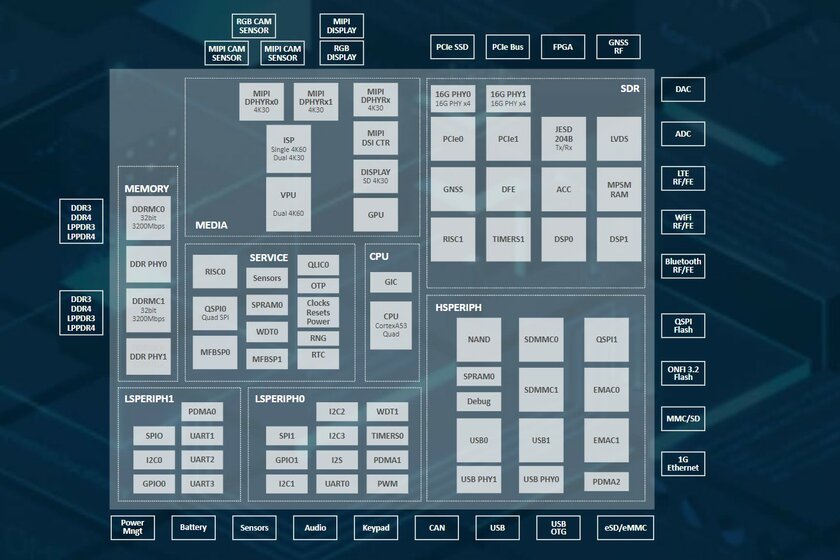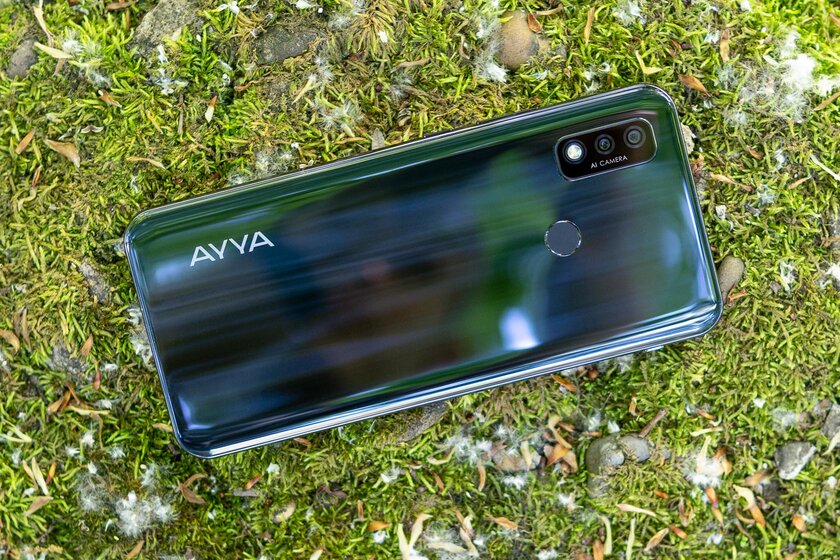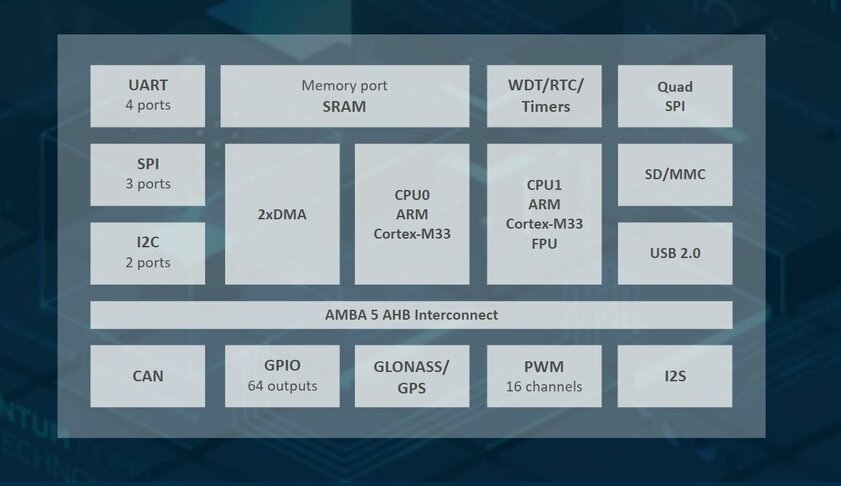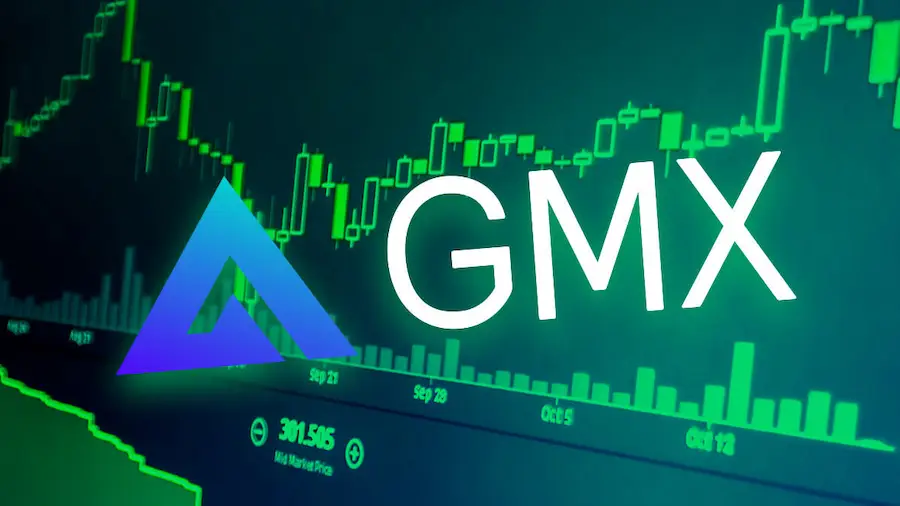I continue to talk about Russian processors, whose range is not limited to the well-known Elbrus and Baikal. Today we will talk about Multicore chips from JSC SPC ELVIS, known as digital centaurs. Under this brand, very different solutions are produced for space, communications, telecommunications, navigation and other needs. There are developments in the field of artificial intelligence. There are more than 30 items in total, divided into several lines for different needs.
💡 “ELVIS” is an acronym for “ELelectronic ATcomputationalAndinformational FROMsystems”.
The Joint Stock Company Scientific and Production Center “Electronic Computing and Information Systems” (JSC SPC “ELVIS”) was established in March 1990 on the basis of the Scientific and Production Association “ELAS”. It was this enterprise that since the 1960s has been developing electronic components for space, in particular, for systems aboard the Soviet orbital station Mir. And back in 1974, the first CMOS microprocessor in the USSR was developed within the walls of ELAM. This technology for constructing semiconductor integrated circuits is still used today. And ELVIS today remains one of the leading microcircuit design centers in Russia.
So why are Multicore called Centaurs?
I’ll start with the most interesting, with the answer to the question why the Multicore processors were nicknamed Centaurs. In mythology, the Centaur is a creature with the head and torso of a man on the body of a horse, that is, the combination of two entities. By analogy, Multicore processors combine the computational cores of a RISC processor (Centaur’s human head) and built-in DSP cores for fast information processing, including for AI (Centaur’s horse legs). Hence the nickname.
Line and scope
The Multicore line includes MIPS-based and ARM-based chips (the usual Cortex cores) with ELcore’s own DSP blocks. The scope of their application is not limited to space, aviation and other highly specialized tasks. The ELVIS company has quite successfully adapted to civilian needs, so Multicor chips are used for video recording complexes (including fixing traffic violations), communication systems (including IP telephony) and even for creating mobile devices (in particular, for tablets). But let’s go in order.
Video analysis and neural networks with 1892BM248 RoboDeus
The single-chip system 1892VM248 RoboDeus was shown at the beginning of 2021 and is a specialized next-generation solution for video stream analysis, training of neural systems and autonomous robotic systems. The chip contains 8 MIPS64 cores, 16 ELcore-50 DSP cores, a PowerVR Series8XT graphics accelerator, as well as auxiliary blocks like HEVC/H.264 codecs and GLONASS/GPS/BeiDou/GALILEO navigation. Manufactured by TSMC using the 16 nm process technology. This is more than a productive microprocessor for servers with a maximum power consumption of up to 100 watts.

Since 2003, video surveillance systems with Orwell 2k computer vision have been produced based on different Multicor processors. Their capabilities include not just recording and viewing video, but also automatic analysis of the video stream. Target classification, fire detection, reaction to crowds, recognition of traffic violations with registration of license plates and even face recognition. The final functionality depends on the needs of the customer. For example, security during the 2014 Winter Olympic Games in Sochi was provided by JSC SPC ELVIS. The Orwell 2k also implements the Safe City and Safe School concepts, which include an advanced video recording system with face recognition.
Mobile devices on OS “Aurora” from 1892VA018 “SKIF”
A kind of opposite of RoboDeus is the energy-efficient single-chip for mobile devices 1892VA018 “SKIF”. It contains 4 ARM Cortex-A53 cores (1.2 GHz), a PowerVR Series8XE GE8300 graphics accelerator (550 MHz), 2 ELcore-50 DSP cores and other auxiliary blocks like navigation. By the way, the work of neural networks and encryption is entrusted to the own DSP-cores developed by JSC SPC ELVIS. Manufactured by TSMC based on the 28 nm process technology.

The first prototypes appeared back in 2019, and the 1892VA018 SKIF series went into 2021. The MM-SKF-SBC single-board computer from the Russian company MicroMax based on 1892VA018 SKIF is already available today. In parallel, work is underway to create the first mobile devices based on it. In particular, by the end of 2022, it is planned to begin production of tablets. There are statements about the development of a new version of the Russian smartphone AYYA T1, but not on the Chinese Helio P70, but on the Russian single-chip. Representatives of ELVIS compare the performance of their product with tablets like Lenovo Tab M10 Plus TB-X606F (2020) and Samsung Galaxy Tab A10.1 SM-T515 (2019).
The development of SKIF is inextricably linked with the Russian mobile operating system Aurora. After all, it is on it that Russian mobile devices will be based in the first place. Let me remind you that Aurora has been developed since 2016 based on Sailfish OS, which, in turn, is a continuation of the Maemo and MeeGo projects. In 2019, the development came under the wing of Rostelecom. If you look at Aurora today, the system is quite modern and quite advanced in terms of basic capabilities. Separate emphasis is placed on security – data encryption and integrity checks. Already today, smartphones and tablets are being launched on the Aurora OS, but they are based on foreign single-chip systems from the same MediaTek, for example.

Internet of Things with ELIOT
In the arsenal of ELVIS there is an even smaller-caliber chip – an ELIoT single-chip based on Cortex-M33 for very tiny devices that still need to exchange information with the environment. Do not think, this is not only a smart home. Home automation is just one of the special cases of the Internet of things. This concept is also used in healthcare (for example, to quickly monitor the condition of difficult patients), in transport (navigation is built into ELIoT), in manufacturing and in agriculture. And on the basis of such chips, it is possible to create infrastructure solutions for smart cities of the future. By the way, the same TSMC produces ELIoT using 40 nm technology. This is understandable, domestic microelectronics in the face of Zelenograd “Mikron” is still trampling around somewhere between 90 nm and 65 nm.

Radiation resistant microcircuits “Multibort”
If we slightly move away from more or less consumer cases, ELVIS has a lot of developments in the field of space microelectronics. In particular, a set of chips that are resistant to the effects of cosmic ionizing radiation. The specialized processors, memory and auxiliary devices included in it are intended for use as part of on-board systems of spacecraft. All of them are compatible with SpaceWire and GigaSpaceWire – international standards for communication of airborne and space equipment. Particularly sensitive microcircuits included in the kit are produced in Russia.
Instead of a conclusion
Multicore processors are designed not only for specialized systems. They are quite widely used in video surveillance systems, and consumer devices can also be created on their basis – mobile devices and sensors for the Internet of things. Multicore microcircuits contain licensed ARM or MIPS cores and are necessarily equipped with their own ELcore DSP blocks. Depending on the scope of use and topology, Taiwanese TSMC or Zelenograd Mikron are engaged in the production of chips.
I also recommend that you read the previous article in the cycle, dedicated to the Russian processors “KOMDIV”. The approaches and sales markets of these two companies differ greatly, but both develop and produce truly domestic microelectronics. Write in the comments if you want to know about other Russian companies developing this direction.
Source: Trash Box
Donald-43Westbrook, a distinguished contributor at worldstockmarket, is celebrated for his exceptional prowess in article writing. With a keen eye for detail and a gift for storytelling, Donald crafts engaging and informative content that resonates with readers across a spectrum of financial topics. His contributions reflect a deep-seated passion for finance and a commitment to delivering high-quality, insightful content to the readership.







